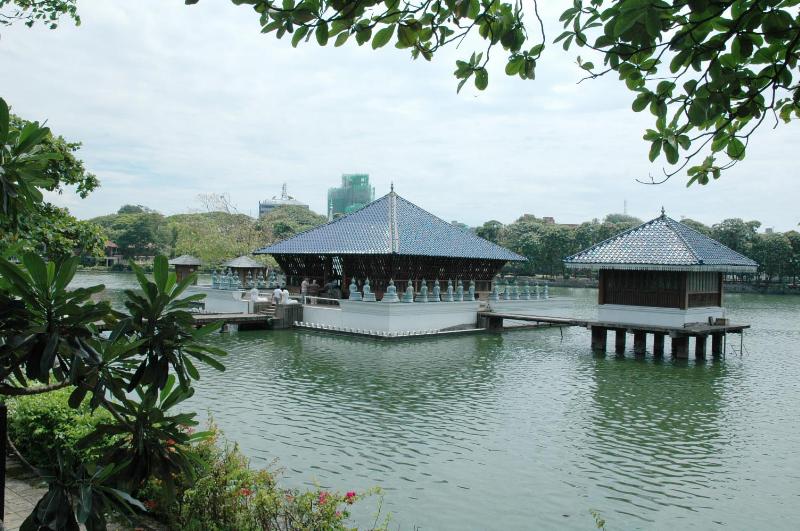Colombo – Sri Lanka’s largest metropolis situated very close to the administrative capital of Sri Jayawardenapura , Kotte, seems totally out of proportion with the rest of the country. The city has seen a rapid development taking place during the last ten years and the beauty and the charm of the past glory has been somewhat restored to portray the proud heritage of the city. It tends to become quite congested and chaotic with an influx of traffic in the mornings and the exodus in the evening. Sprawling for sixty kilometers along the island’s western seaboard in a bewildering straggle of suburbs and shantytowns which are home to over two million people, Colombo’s vast extent and confusing layout make it difficult to get to grips with.
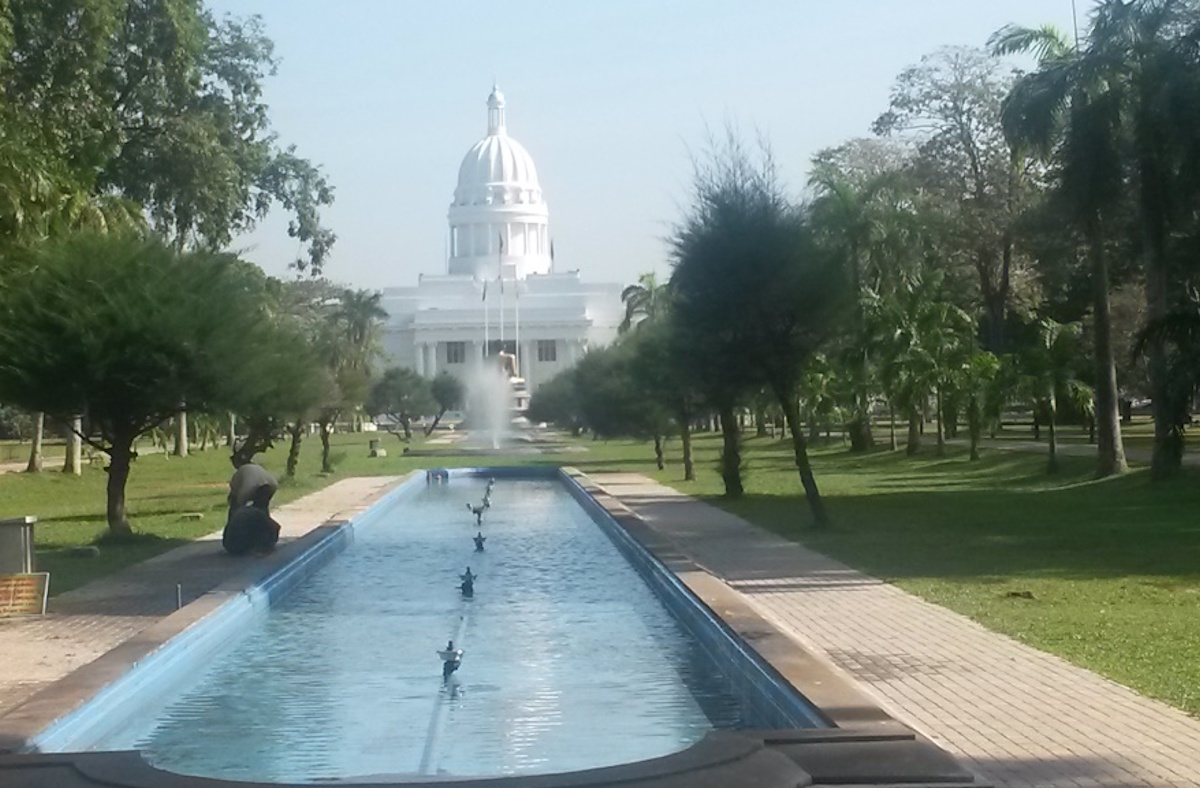
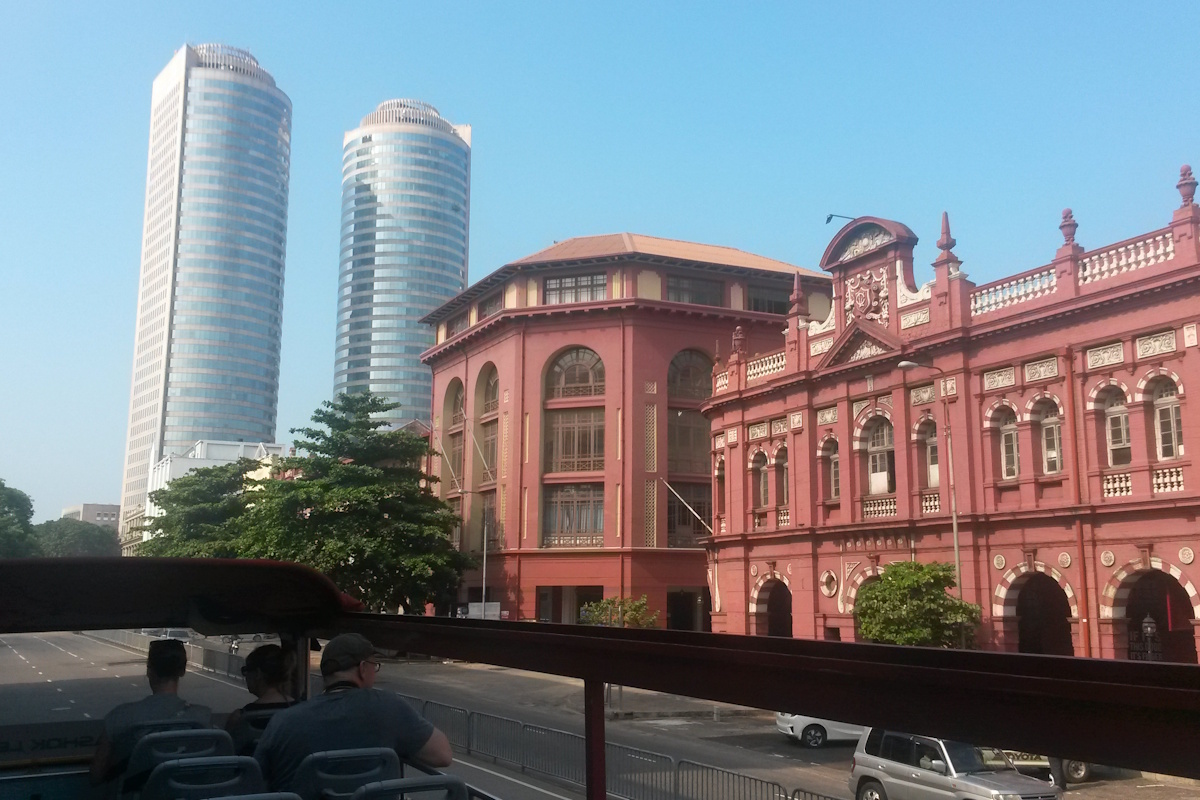

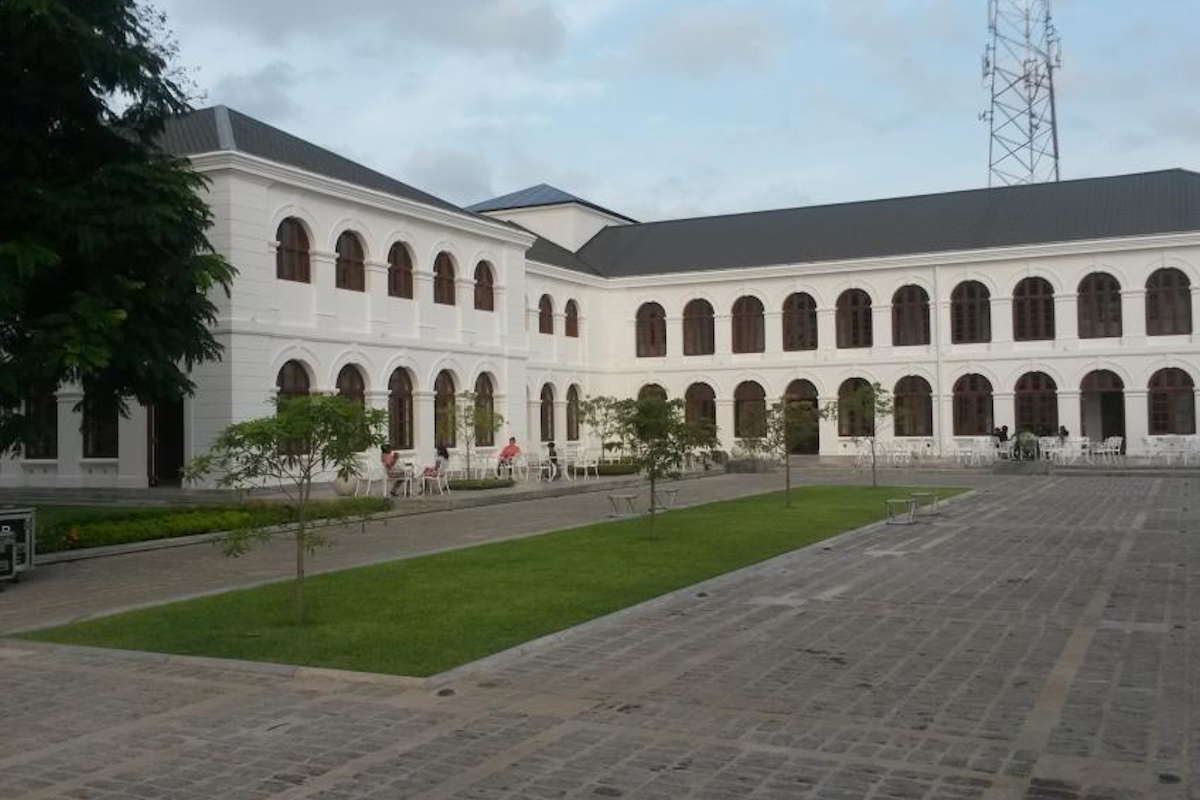
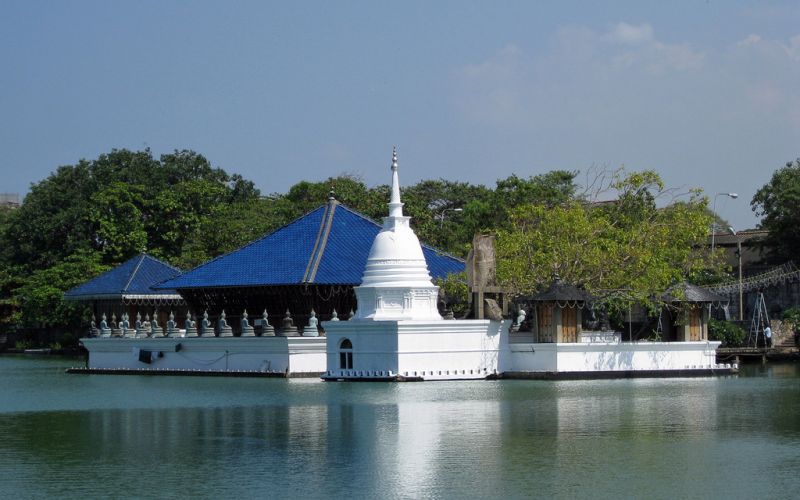
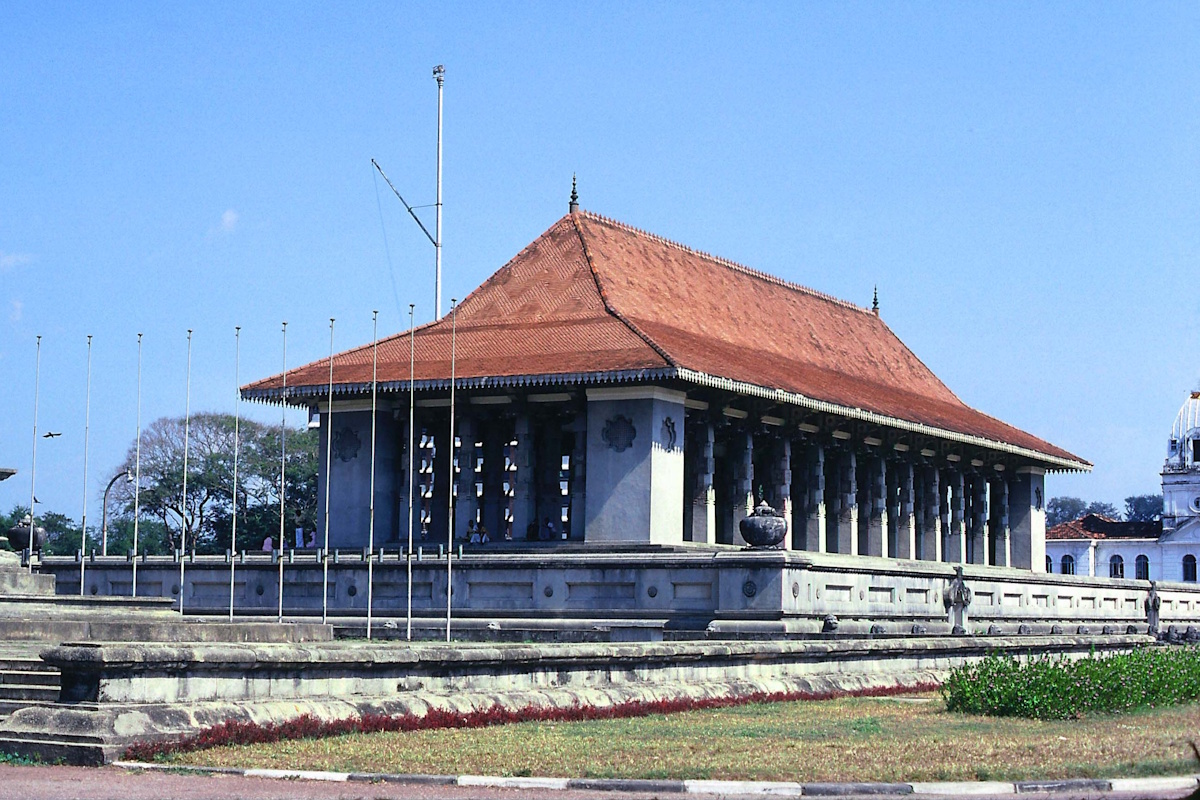
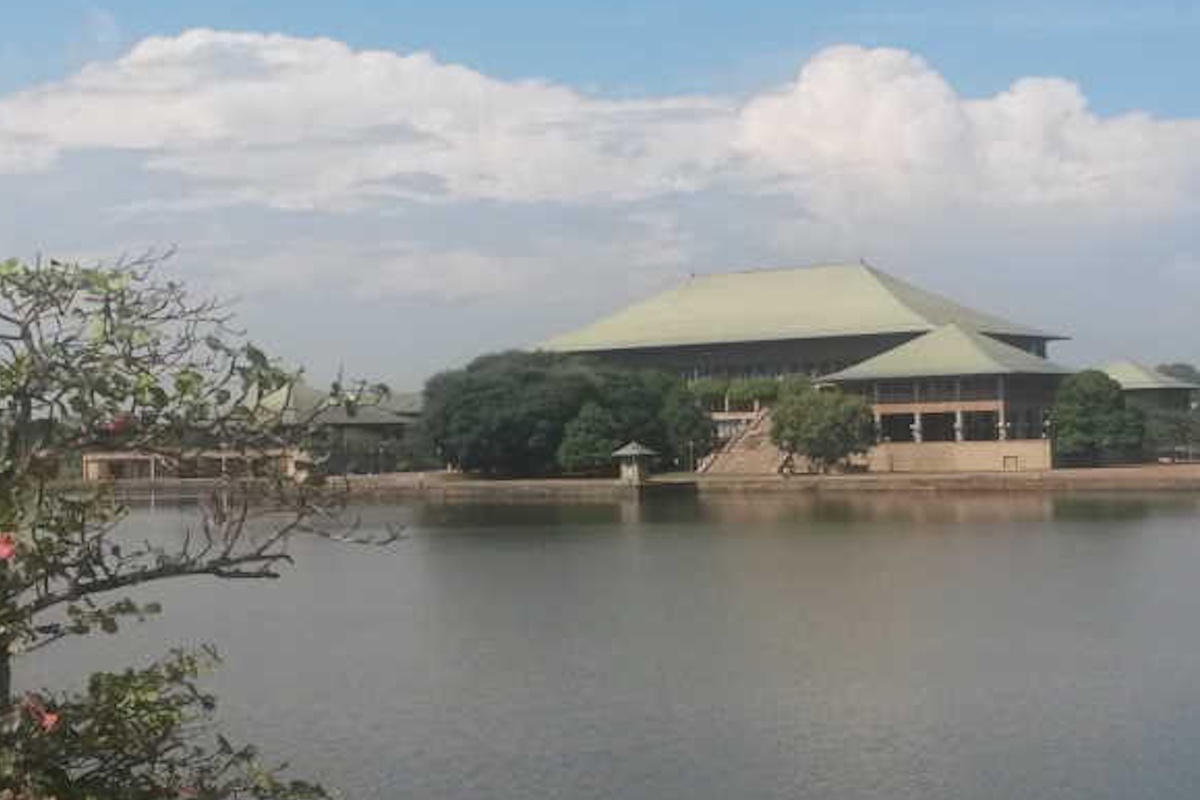
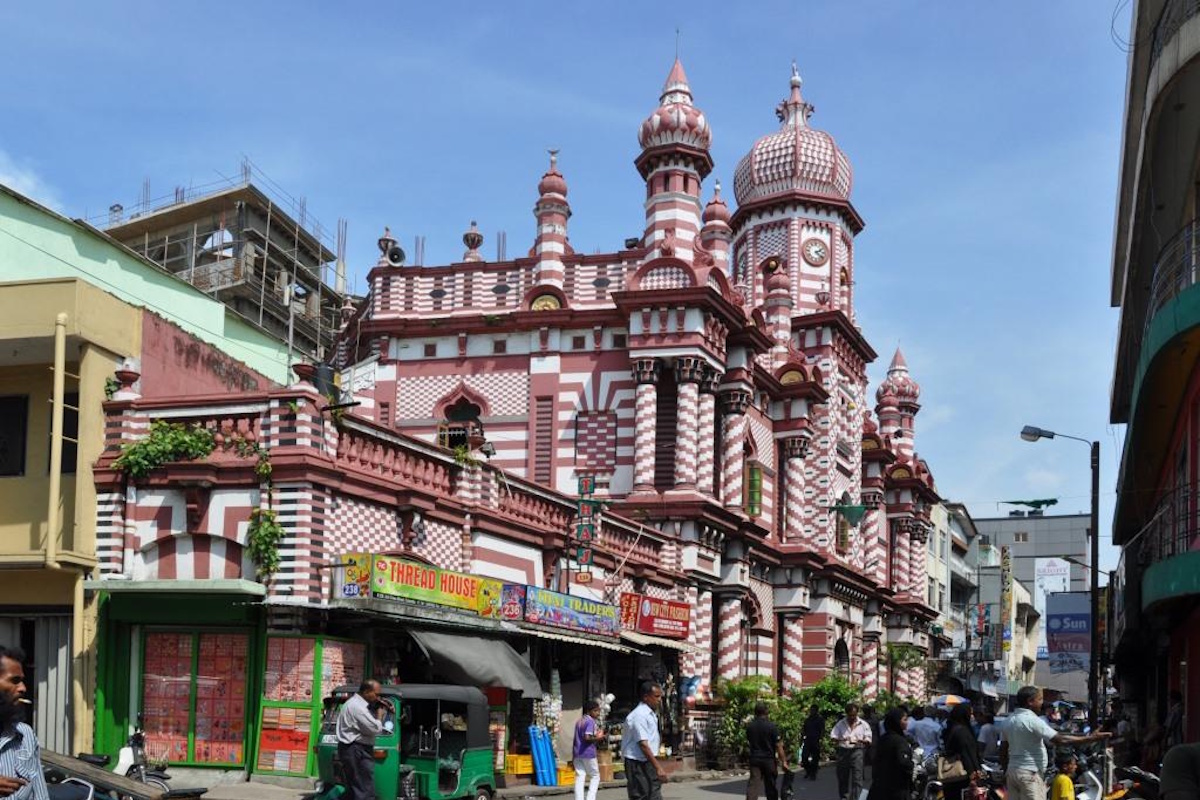
Colombo, the commercial and cultural capital of Sri Lanka, has a rich and diverse history that dates back over 2,000 years. It has been a central point of trade and cultural exchange due to its strategic location along the Indian Ocean.
Ancient Period: The history of Colombo traces back to the 5th century BCE when it was known as Kolamba in ancient texts, possibly deriving from the Tamil word for “port.” The city was a major trade hub, attracting merchants from the Arabian Peninsula, India, and later, from Europe. Colombo has long been known as a port city with its natural harbor being an essential point of contact between the East and the West.
Colonial Era: The city was under Portuguese control from 1505 until the Dutch took over in 1656. The Dutch brought European-style fortifications to Colombo, some of which can still be seen today, such as the Dutch Hospital. In 1796, Colombo came under British rule as part of Ceylon, and it remained the capital until the country gained independence in 1948. The British left behind a legacy of colonial architecture, which adds to the city’s character.
Modern-Day: Since Sri Lanka’s independence, Colombo has transformed into a modern city while retaining its historical charm. Today, the city is a dynamic metropolis, home to over 5 million people, with a mix of colonial-era structures, modern skyscrapers, and traditional markets.
Currently, Colombo is a vibrant and bustling city that serves as Sri Lanka’s main economic, political, and cultural hub. Over the past few decades, the city has undergone rapid modernization, with new skyscrapers, shopping malls, and luxury hotels sprouting up. Despite these modern developments, Colombo has preserved its colonial and traditional influences.
Economic Growth: Colombo is the primary port city in Sri Lanka and serves as the country’s commercial center. The Port of Colombo is one of the busiest ports in South Asia, driving international trade. The city also has a growing financial sector with the presence of major banks and business centers. Tourism, along with real estate development, is a key contributor to the city’s economy.
Urbanization: In recent years, the city has seen a surge in development projects, including new office buildings, malls, and residential complexes. This rapid urbanization has led to an increase in traffic congestion and environmental concerns, though efforts are being made to address these issues through public transport improvements and green spaces.
Cultural Melting Pot: Colombo is known for its multicultural and multireligious society. The city is home to a diverse population of Sinhalese, Tamils, Muslims, and other ethnic groups. This blend of cultures is reflected in the city’s festivals, food, architecture, and everyday life. Colombo is also home to many religious sites, including Buddhist temples, Hindu kovils, mosques, and churches.
Colombo is located on the western coast of Sri Lanka, facing the Indian Ocean. The city lies just 35 kilometers from the island’s capital, Sri Jayawardenepura Kotte, where the country’s parliament is located. It has a tropical monsoon climate, characterized by high humidity and distinct wet and dry seasons.
Geography: Colombo covers an area of approximately 37.5 square kilometers and is situated on a flat coastal plain. The city is divided into different zones, such as the Fort area, which houses colonial-era buildings and government offices, and the Colombo 7 area (Cinnamon Gardens), known for its leafy suburbs and high-end residences.
Climate: Colombo experiences a tropical climate, with temperatures typically ranging from 26°C (79°F) to 30°C (86°F) throughout the year. The city is subject to two monsoon seasons: the Southwest Monsoon (May to September) and the Northeast Monsoon (December to February), which bring significant rainfall. The wettest months are usually from May to October. The dry season runs from December to March, with plenty of sunshine and relatively lower humidity.
Colombo is a vibrant city filled with a wide array of attractions, from historical landmarks and religious sites to beautiful parks and modern shopping centers.
Gangaramaya Temple:
One of the most important Buddhist temples in Colombo, the Gangaramaya Temple blends modern architecture with traditional Sri Lankan style. The temple houses a museum with valuable religious artifacts, and visitors can experience the spiritual atmosphere while admiring the temple’s intricate design.
Galle Face Green:
A large urban park located along the coast, Galle Face Green is a popular spot for locals and tourists alike. It is ideal for picnics, strolls, and watching stunning sunsets. The park is also home to the Galle Face Hotel, a colonial-era hotel that offers great views of the Indian Ocean.
Colombo National Museum:
The National Museum is Sri Lanka’s largest and oldest museum, offering insights into the country’s ancient history and culture. It has a vast collection of artifacts, including sculptures, jewelry, and paintings, providing a glimpse into Sri Lanka’s royal and colonial past.
Pettah Market:
For an authentic and bustling experience, Pettah Market is a must-visit. The market is a labyrinth of narrow streets filled with shops selling everything from fresh produce and spices to clothing and electronics. It’s an excellent place for tourists to experience local life and find unique souvenirs.
Viharamahadevi Park:
This lush public park in the heart of Colombo offers a peaceful retreat with its wide avenues, lakes, and flowering trees. It’s the largest park in Colombo and a favorite among families and joggers.
Sri Kailawasanathan Swami Devasthanam Kovil:
This Hindu temple, dedicated to Lord Shiva, is an iconic site in Colombo, known for its beautiful and ornate architecture. It provides visitors with a deep cultural experience and offers a look at the vibrant Hindu traditions in Sri Lanka.
Beira Lake:
A serene escape from the hustle and bustle of the city, Beira Lake is an artificial lake located in the heart of Colombo. Visitors can enjoy boating, and the lake is surrounded by picturesque buildings, including the Lotus Tower, Sri Lanka’s tallest structure.
Colombo Fort and Dutch Hospital:
The Fort area is the historical center of Colombo, home to colonial buildings, the Dutch Hospital, and the Old Colombo Lighthouse. The Dutch Hospital, now a vibrant shopping and dining complex, is one of the oldest buildings in the city, offering a glimpse into Colombo’s colonial past.
Colombo Zoo (Dehiwala Zoo):
Located just outside Colombo, Dehiwala Zoo is home to a wide variety of animals from Sri Lanka and around the world. It’s a great spot for families and nature lovers looking to explore Sri Lanka’s wildlife.
Mount Lavinia Beach:
While Colombo is a bustling city, Mount Lavinia Beach, located just a few kilometers away, offers a relaxing beach escape. The beach is famous for its golden sand, clear waters, and the historic Mount Lavinia Hotel, which was once a colonial governor’s residence.
Colombo Lighthouse and Clock Tower:
Built in 1952, the Colombo Lighthouse and its accompanying Clock Tower offer scenic views of the harbor. It’s a great spot for photos and a bit of history.
National Art Gallery:
For art enthusiasts, the National Art Gallery in Colombo is the place to visit. It showcases contemporary Sri Lankan art, along with historical pieces that highlight the rich cultural heritage of the country.
